Wagner
Luutnantti
Viimeksi muokattu:
Follow along with the video below to see how to install our site as a web app on your home screen.
Note: This feature may not be available in some browsers.
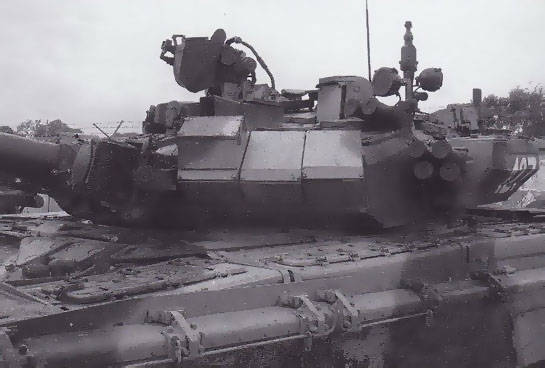
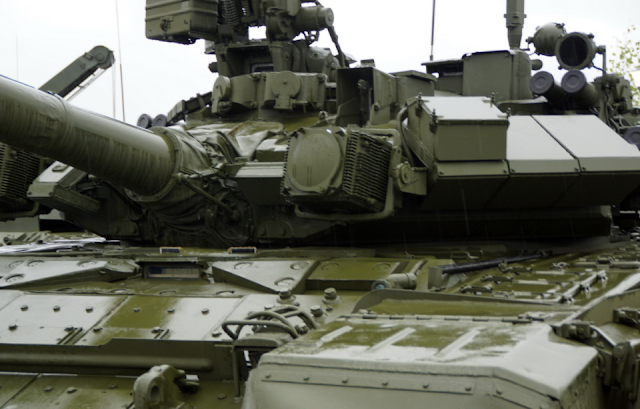
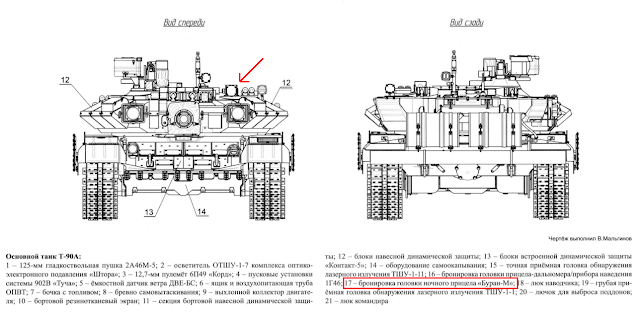
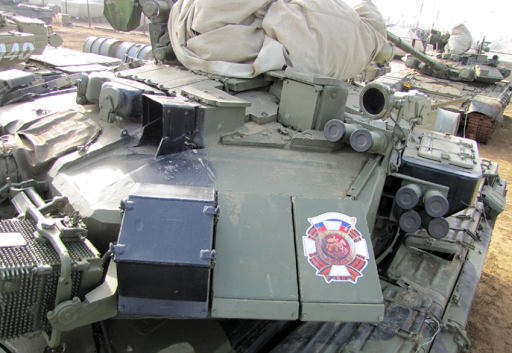
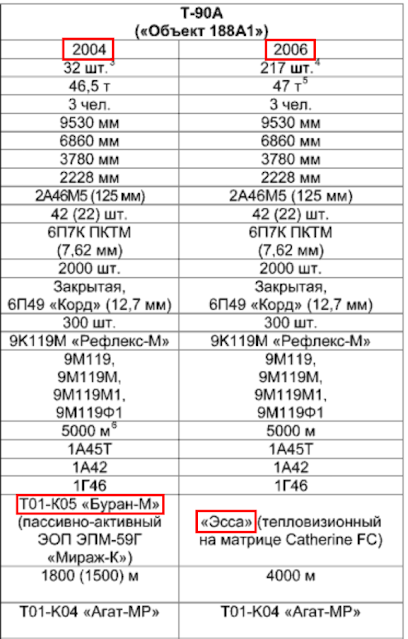
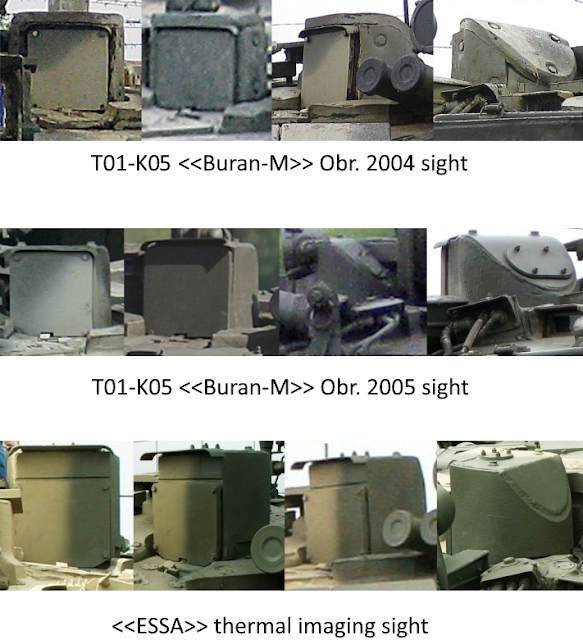
Sain vihdoin luettua tuon jälkimmäisen artikkelin läpi, aikamoinen urakka: 10 lukua ja loppusanat. Mutta olipa mielenkiintoinen! Toivottavasti vaikka Hesari julkaisee ton kokonaisuudessaan Suomeksi vaikka kuukausiliitteessä. Olisi melkein yksi kuukausiliite yksinään.
Mulla oli vahva mielikuva, että länsi ei tehnyt tarpeeksi ennen sodan syttymistä Putinin saamiseksi toisiin ajatuksiin, mutta tässä vahva päiväkirjamainen kokonaisuus, että näin ei todellakaan ollut. Jenkithän ennen sotaa toivat esille tiedustelutietoa, että Putin todella oli hyökkäämässä, ja koska tässä on todella haastateltuina todella korkeita poliitikkoja, diplomaatteja ja sotilaita, niin nyt myös tämä halutaan julkisuuteen: Putinille tehtiin päivänselväksi, että hyökkäys on hulluutta, vastatoimet tulevat olemaan mittavia, ja hän tulee epäonnistumaan. Putinin sota on todella Putinin sota.
Mielenkiintoisia nostoja:
Ekassa luvussa tarinaa tiedustelutiedoista ja kuinka pikkuhijaa niitä ymmärrettiin antamaan enemmän ja enemmän julkiseksi. Tämä oli yksi Krimin valtauksen 2014 oppeja: aloitetta ei pidä antaa Venäjälle.
Miksi mm. Venäjän kyberoperaatiot lässähtivät? Ukrainaan lähetettiin tiimit valmistautumaan tähän jo hyvissä ajoin 2021 puolella.
Massiivinen diplomaattinen ponnistelu sodan estämiseksi. "Pääsimme Putinin pään sisälle" oli yksi arvio, julkistamalla kaikki aikeet etukäteen voitettiin lopulta ainakin aikaa. Viiveellä saattoi olla myös ratkaiseva merkitys kelirikon iskiessä kesken alkuoperaation.
Pakotesuunnitelemat, humanitaarinen apu, sotilasapu suunniteltiin etukäteen, ja kun hyökkäys lopulta tapahtui, pelikirja oli valmis ja ekat viikot tehtiin mitä oli suunniteltu.
Todella pitkä artikkeli, mutta lukusuositus vielä kertaalleen.
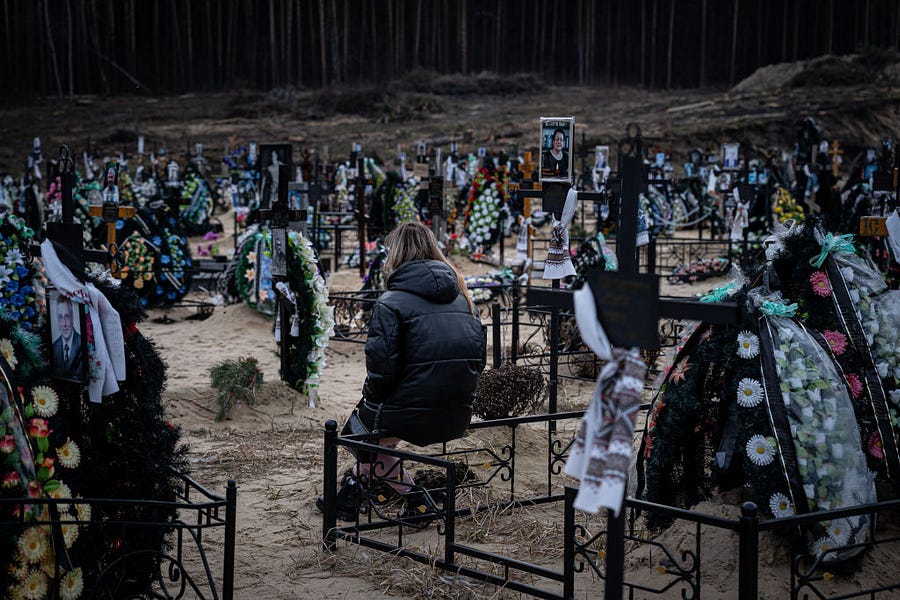
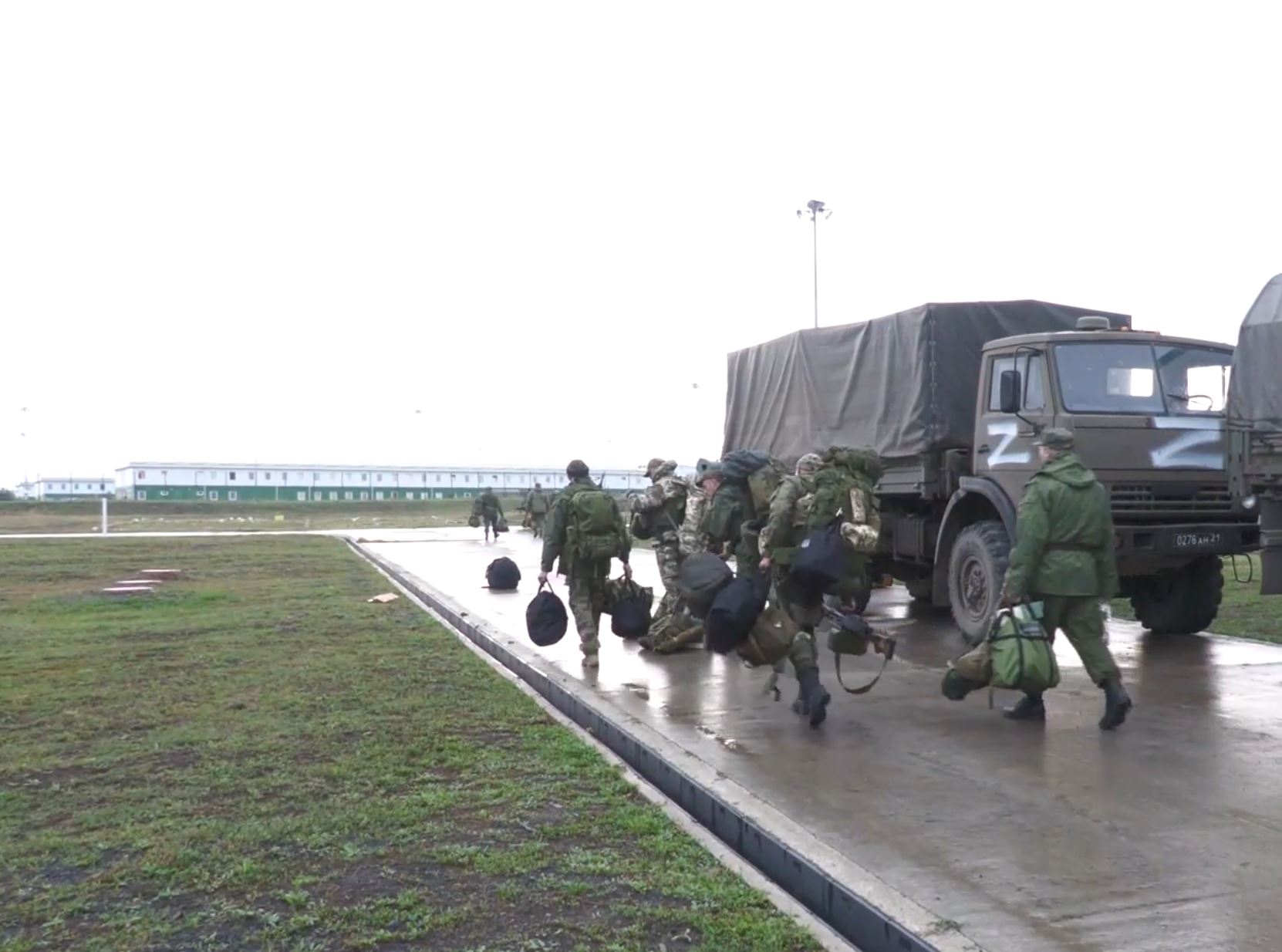
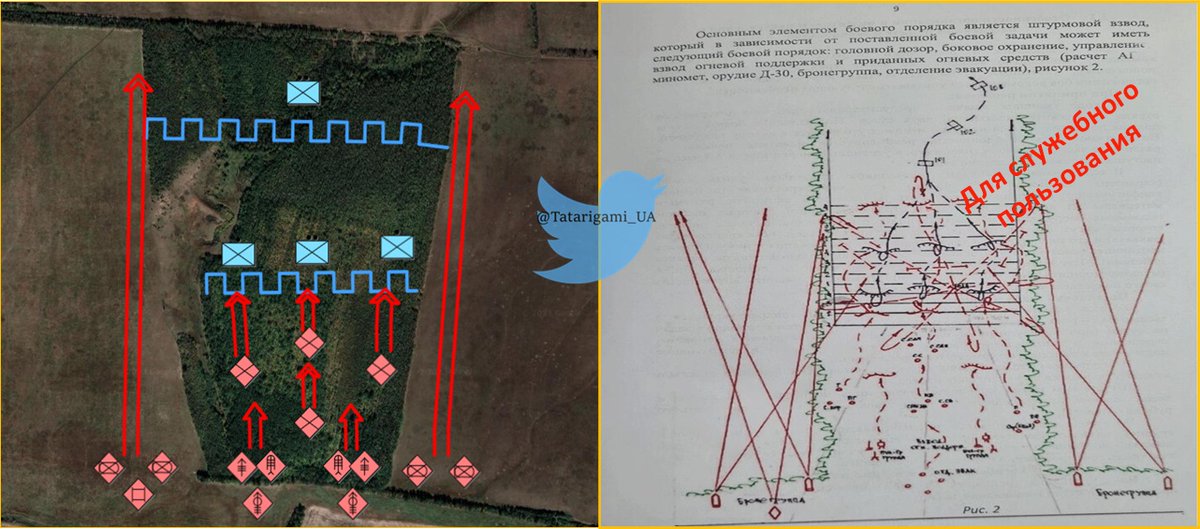
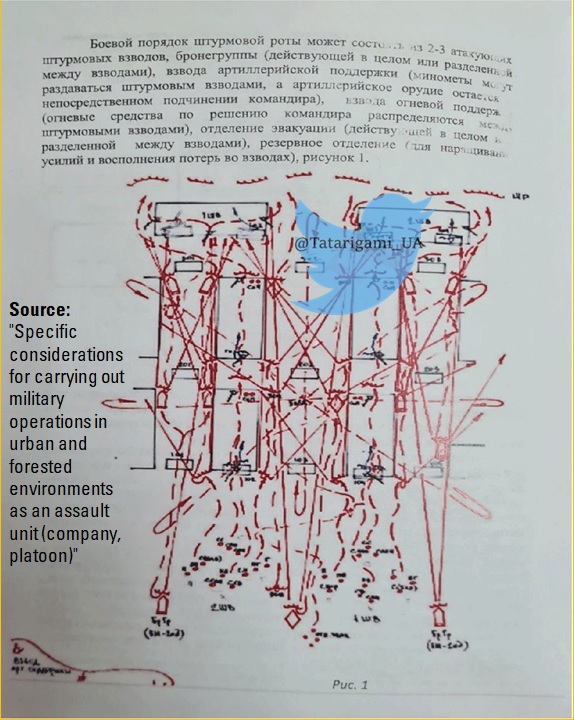
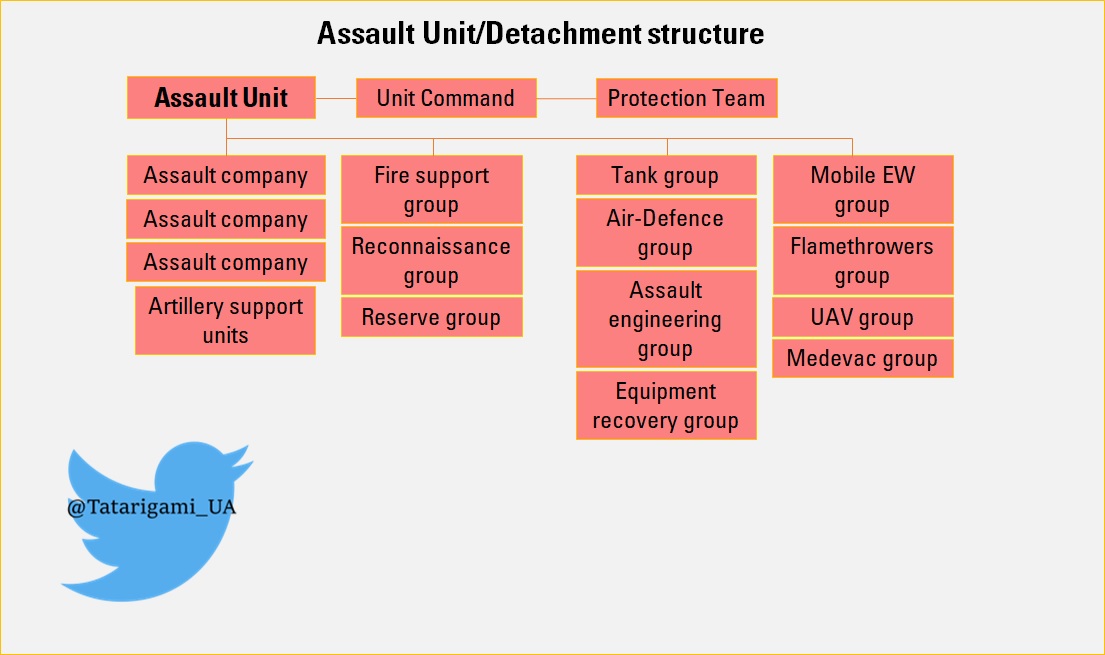
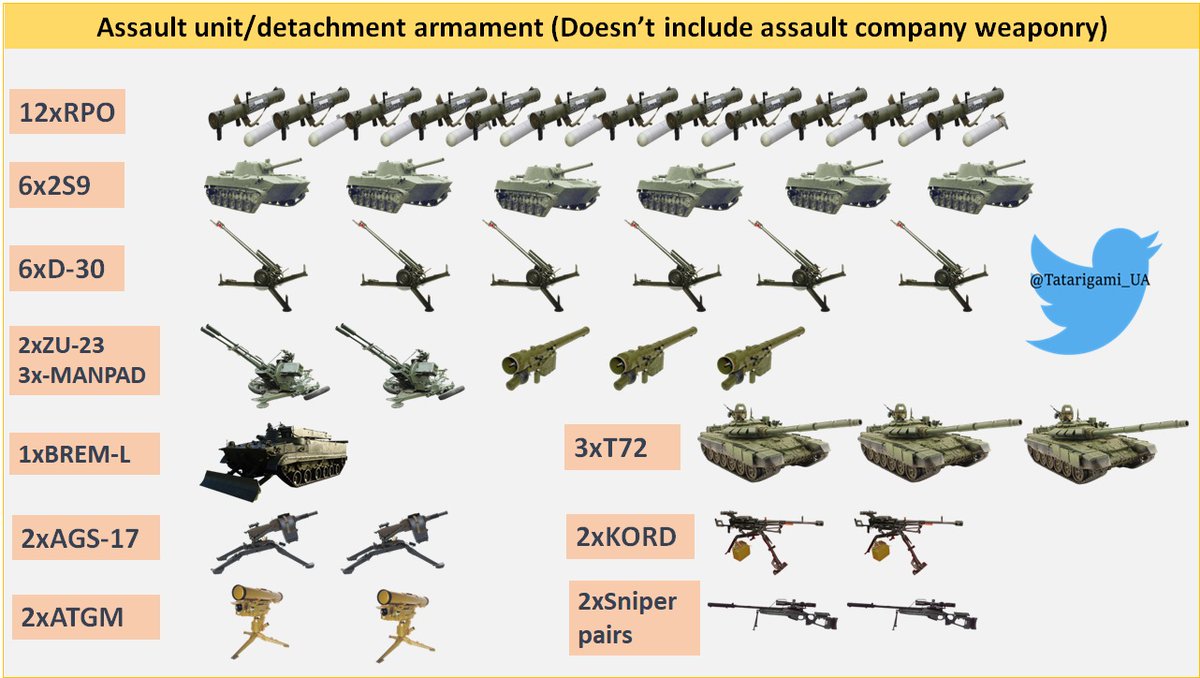
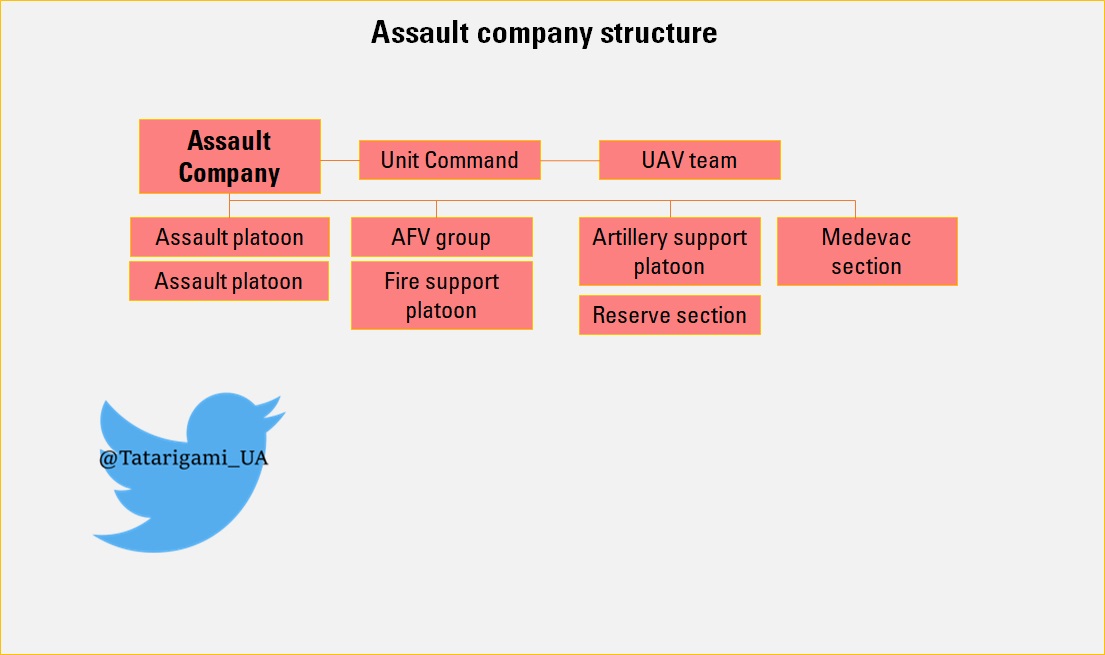
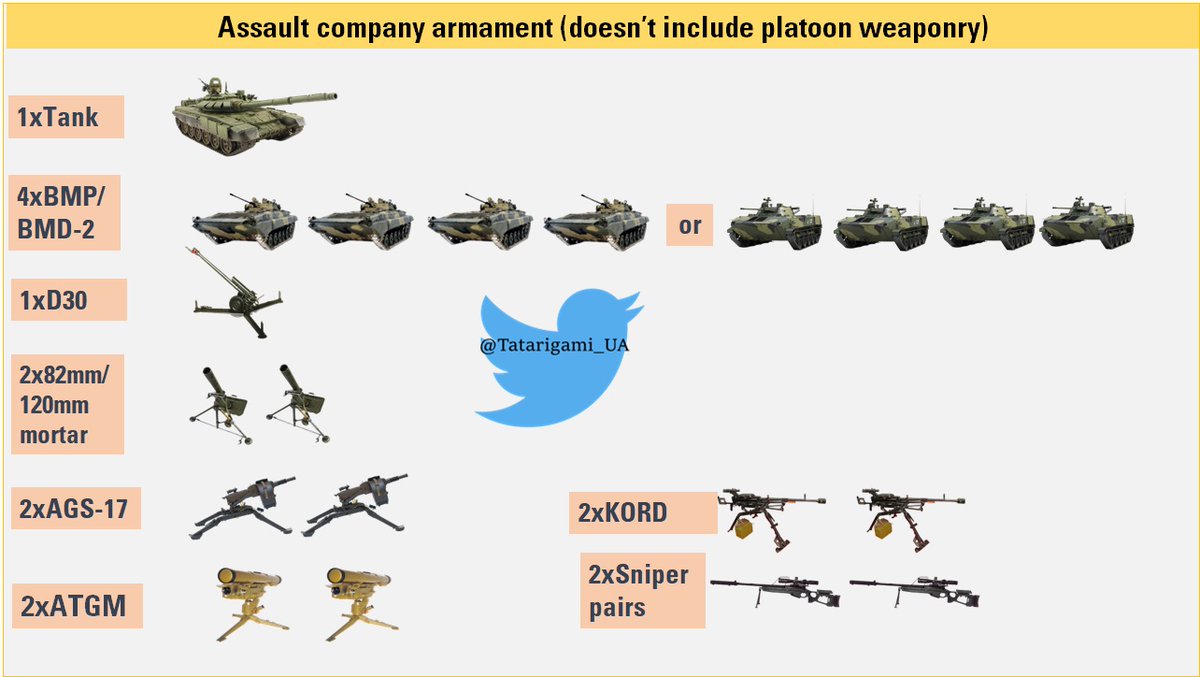
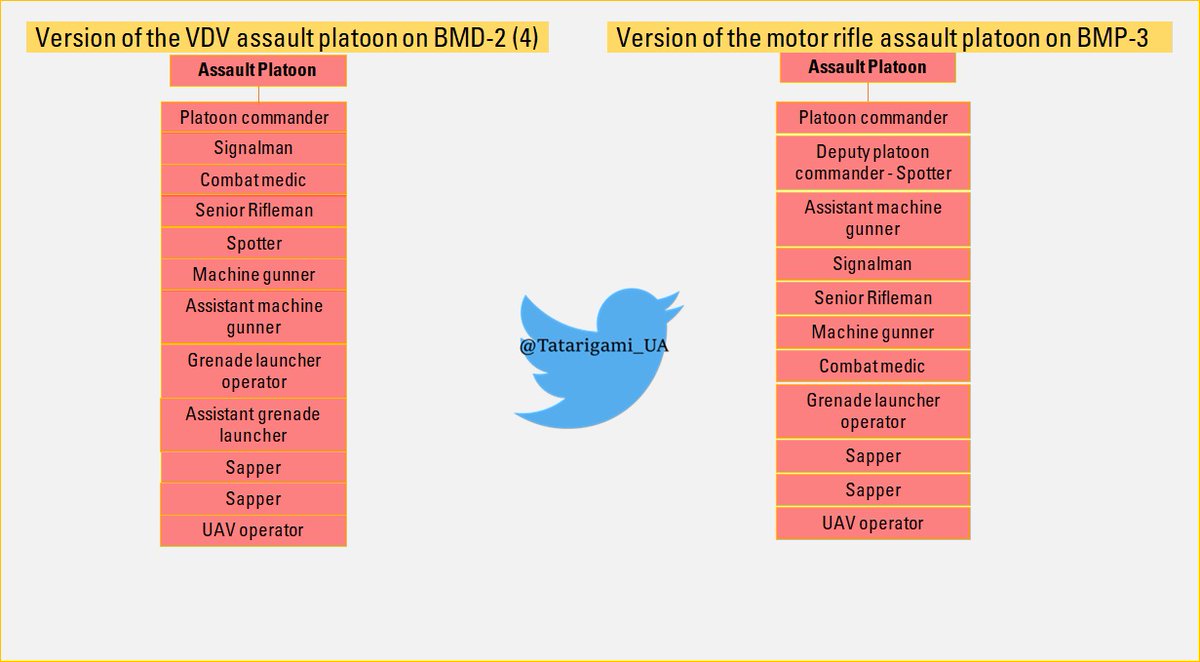
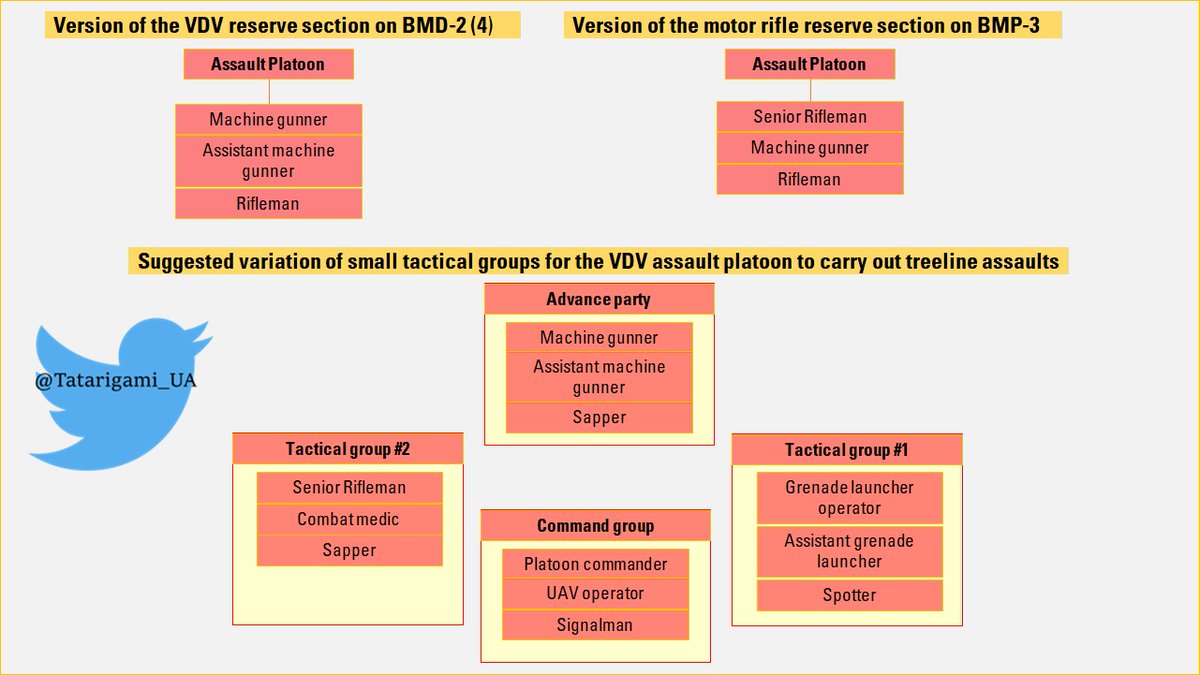

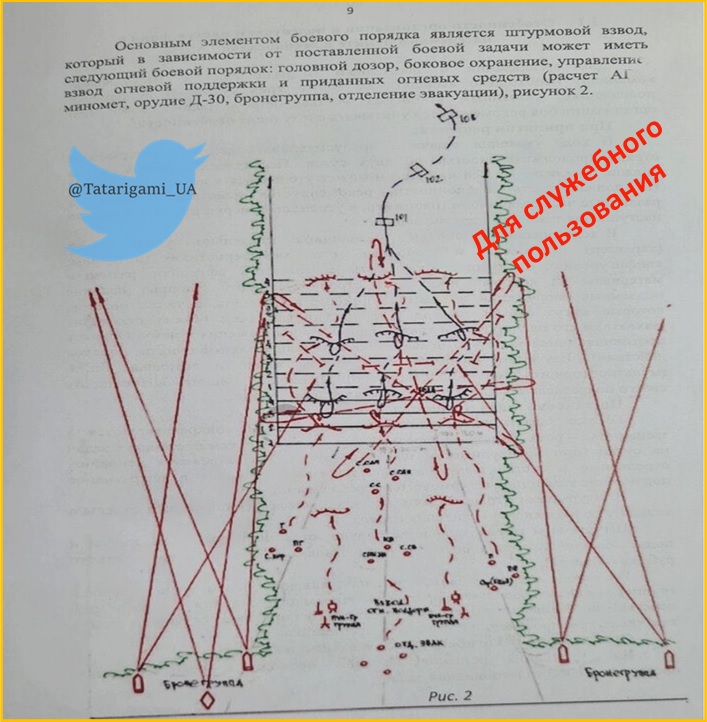
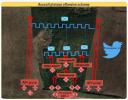

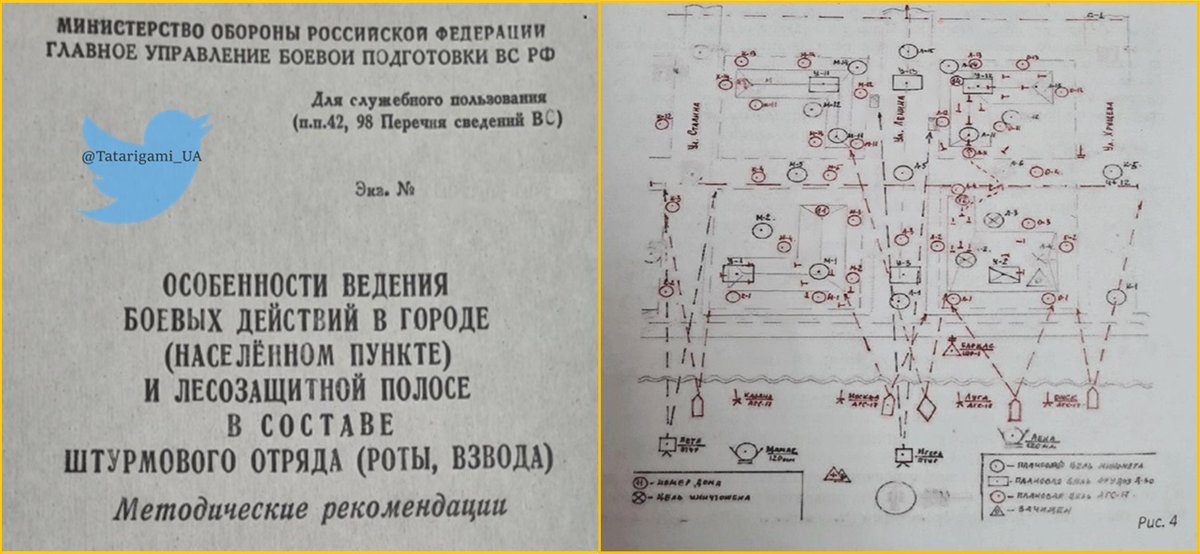
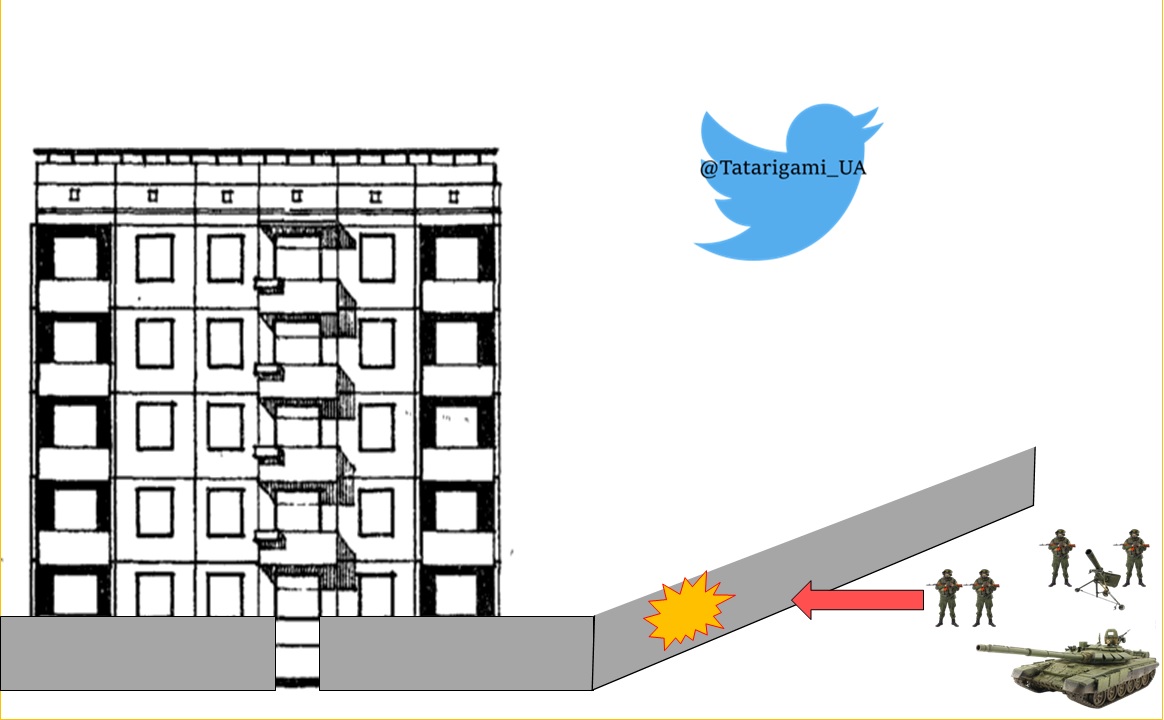
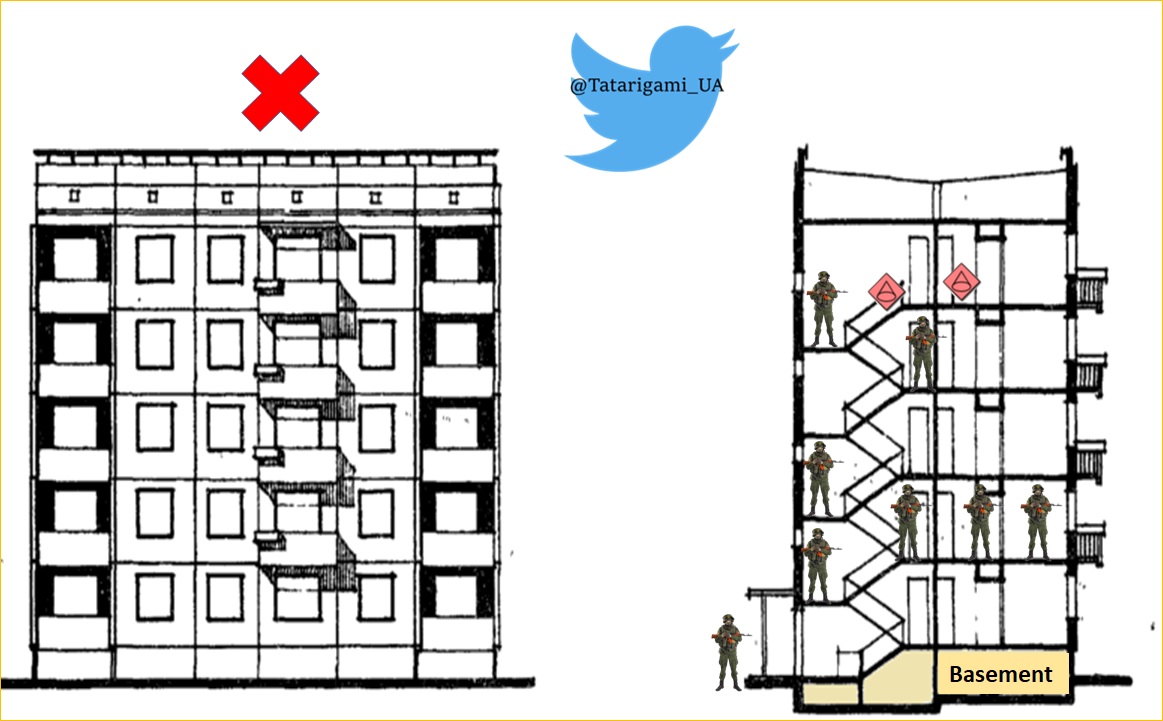
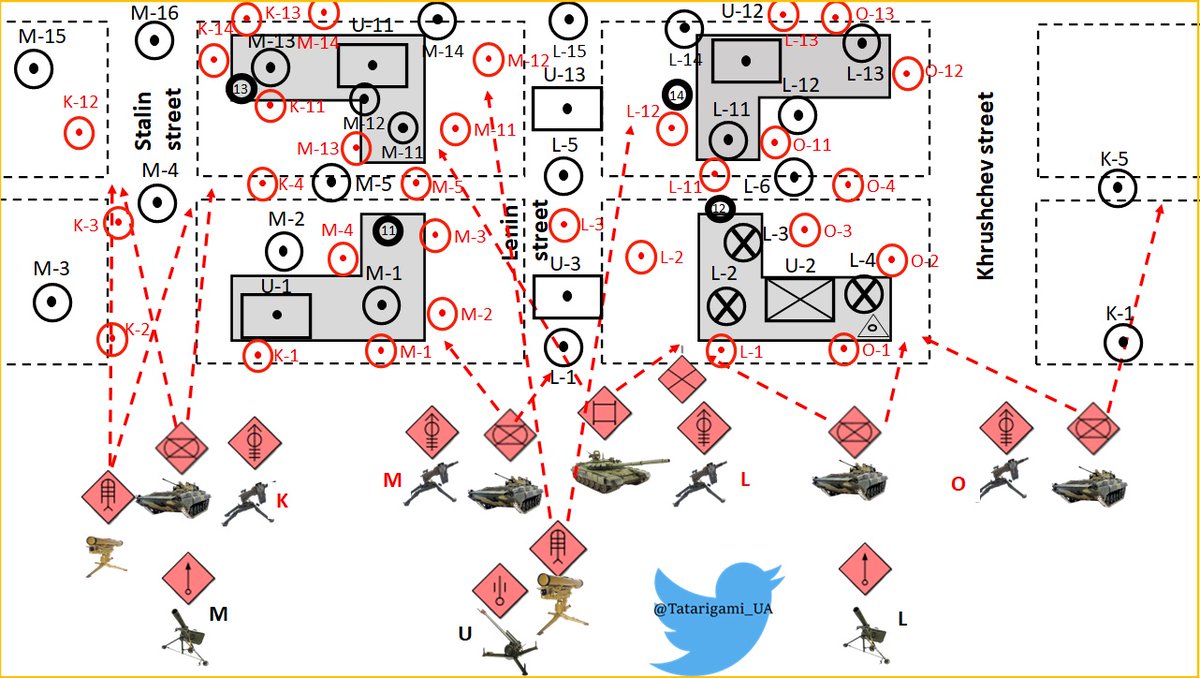

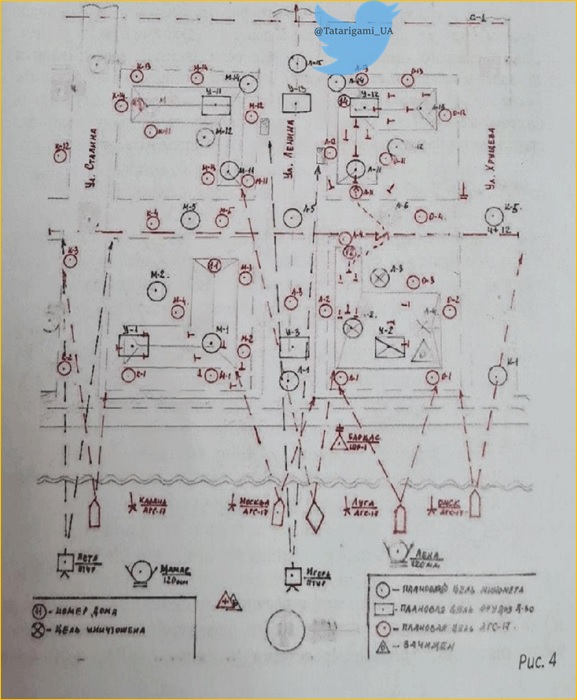
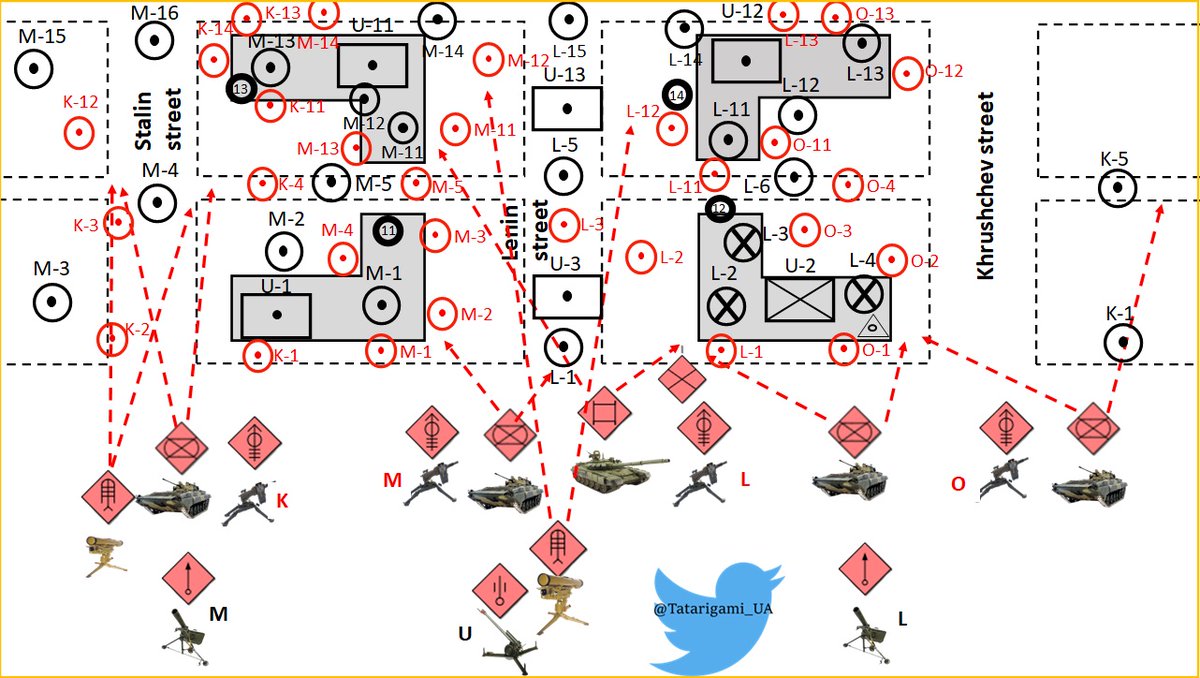

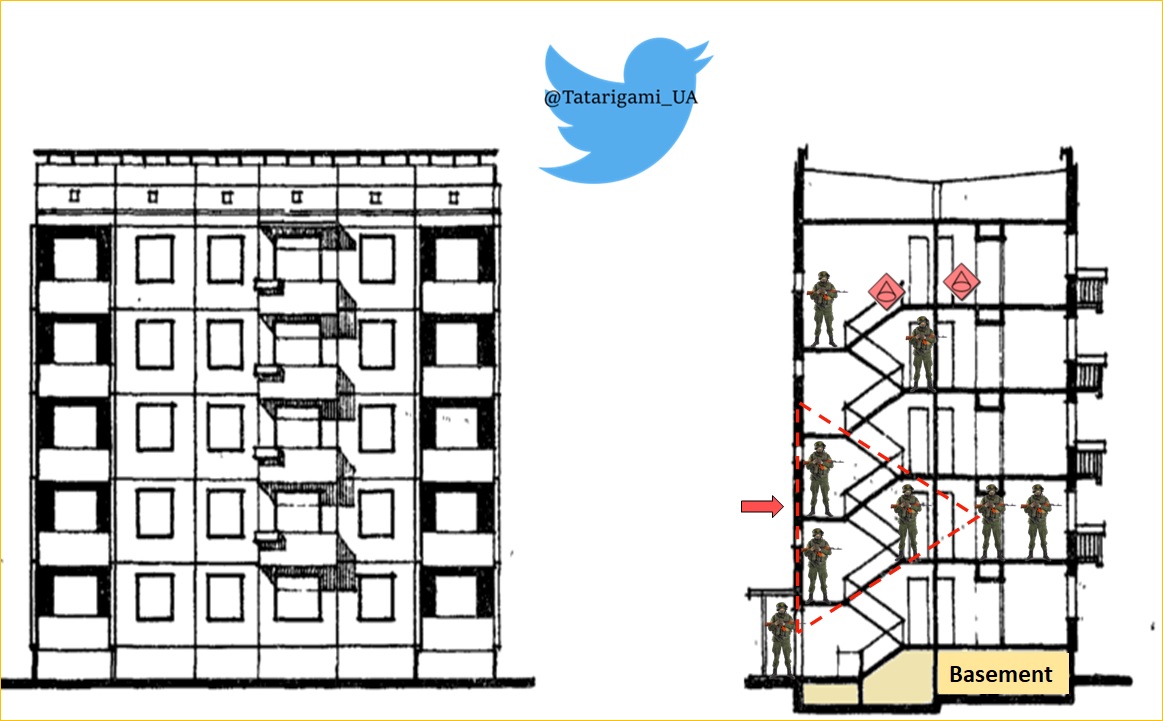
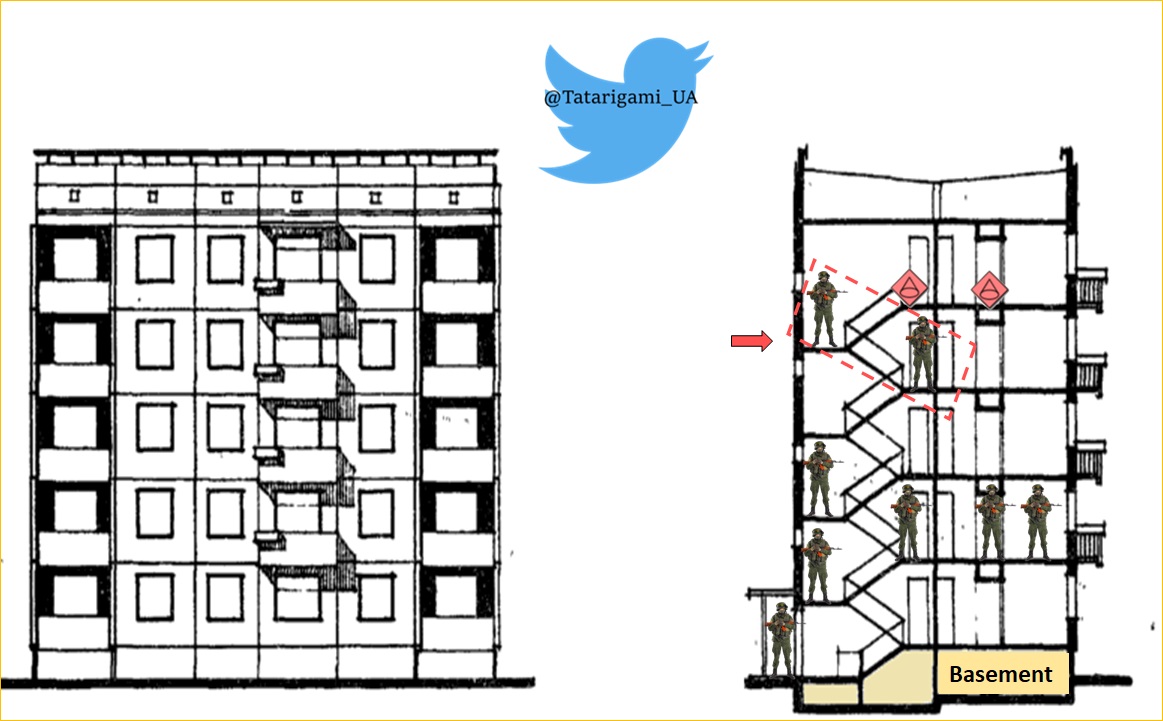

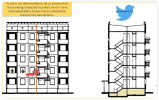
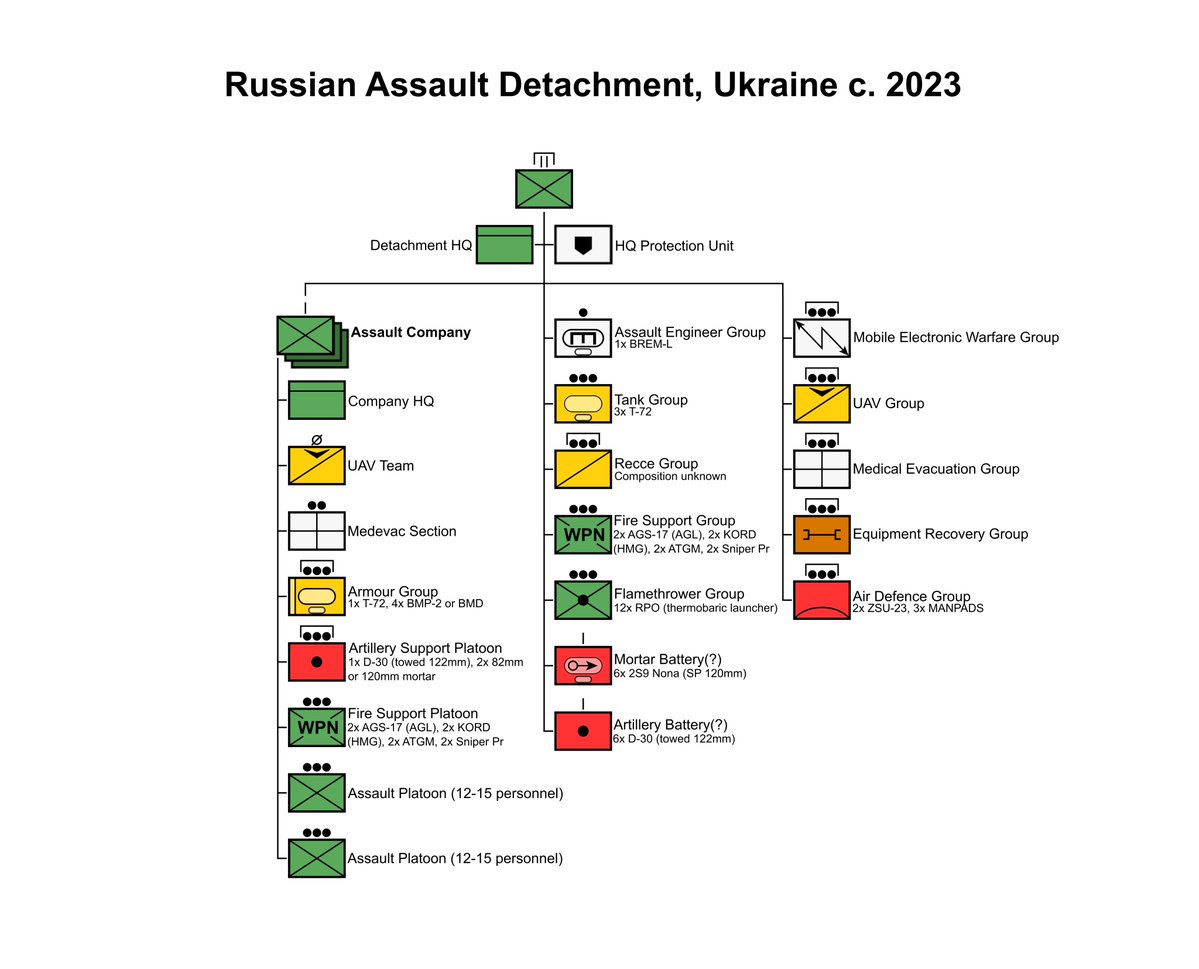

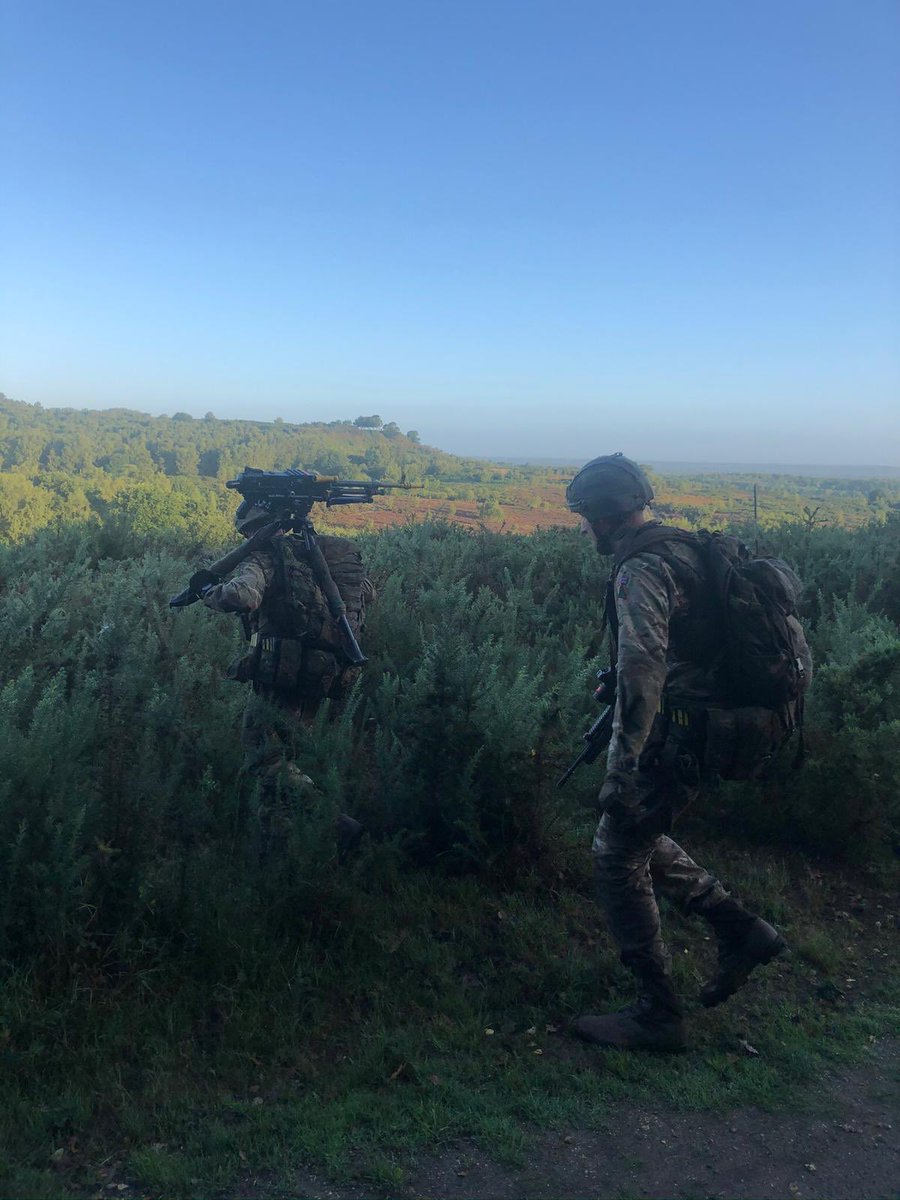

Tatarigami_UA twitter-tili kirjoitti viikko sitten kaksi ketjua Venäjän rynnäkköjoukkojen muutoksista, näistä ensimmäinen oli edellisessä viestissä. LINKKI
Väitetysti molempien ketjujen sisältö perustuu Venäjän joukoilta kaapatun manuaalin käännökseen, tämä toinen osa painottuu asutuskeskustaisteluun ja rakennusten valtaamiseen (julkaistu 26.2.2023): LÄHDE
https://threadreaderapp.com/thread/1632337874912780294.html
This is part two of the "Assault Units" thread, which focuses on suggestions for russian assault units in urban combat, gleaned from captured documents.
The section provides general recommendations on tactics that assault units can employ in urban warfare scenarios.
Main provisions from the document regarding urban warfare:
- To ensure safe passage, holes should be made by tanks or explosives in fences and buildings.
- The route of movement of assault companies, if possible, should exclude movement along roads and straight streets
- Placing observation points on the roofs of buildings is prohibited in urban environment.
- As a military tactics, it is recommended to assign new names to streets and buildings in towns that are being assaulted. This is done to confuse defenders and exploit open coms channels. In the present case, the attackers named the streets Lenin, Stalin, and Khrushchev
- The assault begins with artillery fire on the front line of defense. The transfer of artillery fire to the next line is carried out by the commander
- If the multi-store building is well fortified and can't be easily assaulted, then the "Squeezing" method should be used: instead of blocking the building, the assaulters should take cover in nearby buildings.
- Meanwhile, artillery (or AGS) and firesupport teams should proceed with engaging the target. This way the enemy gets a chance to leave the building while taking losses from artillery, providing an opportunity for the assault team to advance
When an assault platoon tries to clear the multi-store or multi-entrance building, it is recommended to act in the following order:
-One person is set at the entrance, with the task of preventing an enemy attack from the basement or the street.
- The platoon begins to move along the staircase in small groups (3 people) to the upper floors, while soldiers cover each other.
- Clearing is carried out on an apartment basis on each floor, based on the number of rooms in the apartment (one-room, two-room, etc.).
- Three people are enough for a one-room apartment.
- When clearing common corridor on a floor, a cover group (1-2 people) is set with the task of preventing an enemy attack from an uncleaned apartment or stairs from the upper floors.
- The common corridors on the upper floors are mined to exclude the penetration of the enemy into the rear. The clearing of the rest of the building happens in the same method
Katso liite: 75000
- After securing all floors, the wall of the apartment on the second floor is broken with TNT or C-4 to get access to the rest of the building.
Katso liite: 75001
As the war progresses, russians aim to modernize and become more flexible by implementing changes. However, most instructions are still top-down and blindly applied across the battlefield based on a few successful examples, resembling a cargo cult.
Becoming proficient in urban warfare tactics requires extensive training and proper logistics, including training grounds, qualified instructors, and adequate communication equipment. Even with intensive training, it still takes time for a team to become effective
Does Russia have the necessary capabilities, including sufficient trained officers and NCOs with coms, leadership, teamwork skills to conduct such operations? In my third section, I'll address these questions and examine disparities between manuals and observed practices
I invite you to follow me to stay updated, as social media algorithms may not prioritize war-related content.
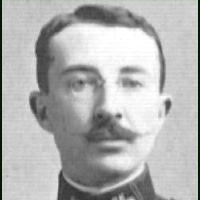


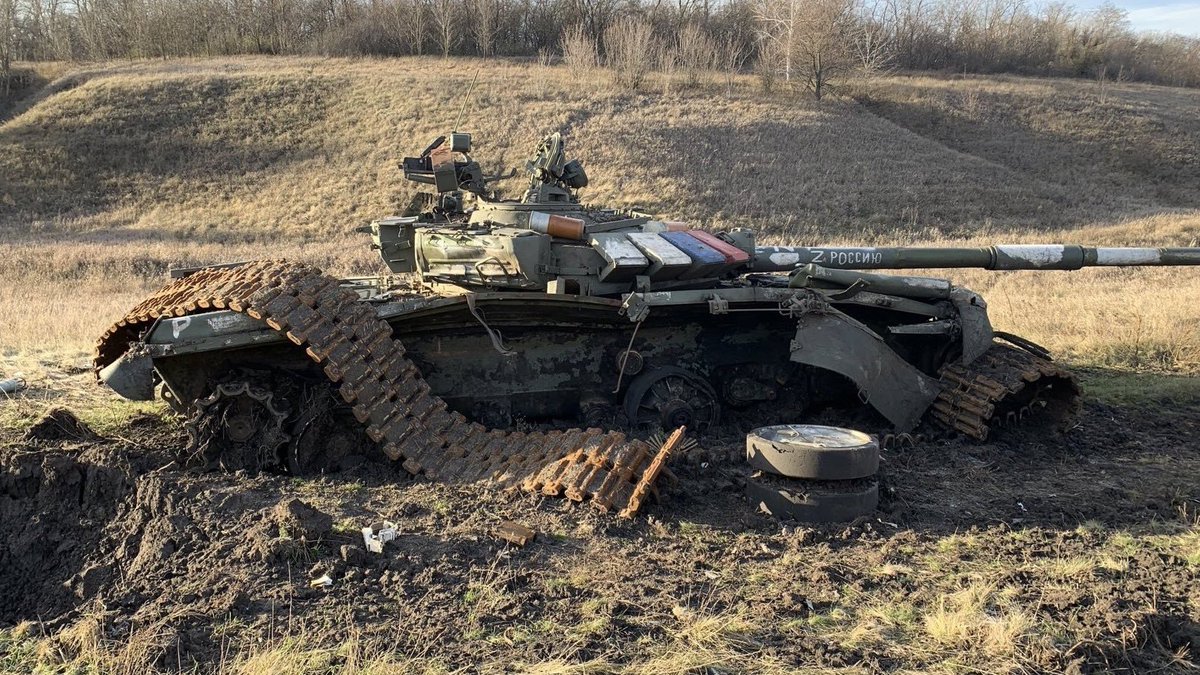
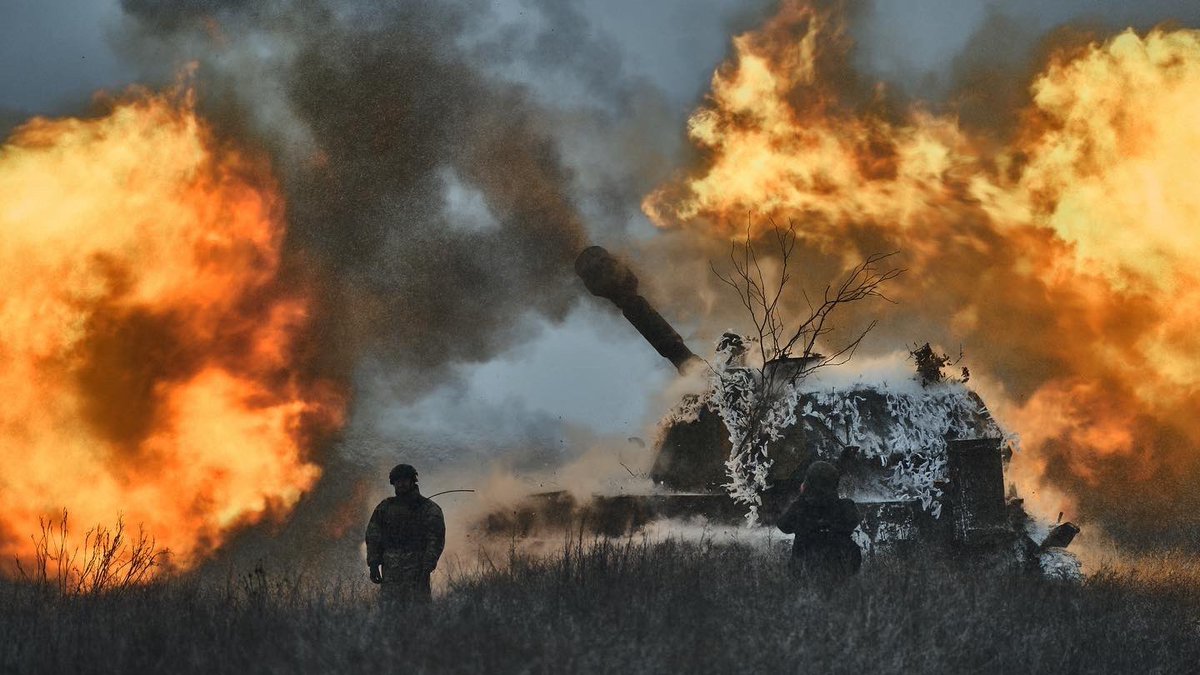

Tuota kun lukee, niin tulee mieleen että "kyllä tuolla tavalla pitäisi saada tuloksia aikaan!" Mutta sitten se käytäntö...
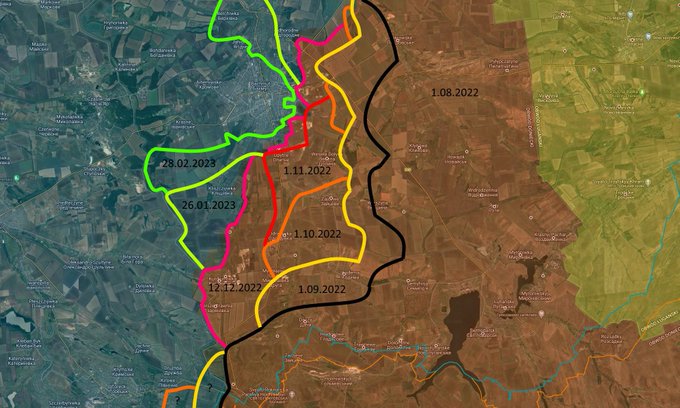
Mitä odotatte Venäjän kaatumisen myös tuovan päivän valoon?
Itse toivoisin valaistusta Smolenskin lentoturmasta jossa tarkoituksena oli murhata koko Puolan valtionjohto kerralla.
Artic Sea tapaus joka myös erittäin hämärä
Ryssän operaatio.
Ja tottakai Estonia, vaikka salailussa lienee mukana myös länsimaat syystä tai toisesta.
Ukrainan sodan havaintoja ja opetuksia: MT-LB pitää aseistaa keinolla millä hyvänsä. Mitä isompi tykki, sen parempi. Jos ei ole isoa tykkiä, pienempi käy. Pääasia että MT-LB aseistetaan kuten rynnäkkövaunun kuuluukin olla.
Ketju johon koottu yli vuoden jatkuneen sodan aikana nähtyjä virityksiä, molemmat osapuolet asialla:
Loput kuvina:
Katso liite: 75013
Katso liite: 75014
Katso liite: 75015
Katso liite: 75016
Katso liite: 75017
Twiitistä huolimatta tämä viimeinen ei ole mikään vitsi (tästä liikkui paljon viestejä 4.3.2023, tässä pari):
New Russian innovation: MT-LB APC with 25mm naval gun 2M-3 LÄHDE
Desperate Russian Forces Are Sticking 80-Year-Old Naval Guns On 70-Year-Old Armored Tractors LÄHDE
Yksittäistapauksia varmaankin? Ei sovi yleistää?
Ilmeisesti varsinaiset rynnäkkövaunut (mitä MTLB ei siis ole) on menetetty ja tarvitaan jotakin tilalle. Samalla kun saadaan puolivillainen ryntövaunu menetetään asiallinen kuljetuspanssari. Huono vaihtokauppa mutta varmaankin pakkorakoratkaisu ja tyypillinen kuilun partaalle ajautuneissa asevoimissa.
Jep, täsmennän sen verran että MT-LB nimitys "rynnäkkövaunuksi" edellisessä viestissä oli vitsi.
Tätä kehitystä voinee pitää samana kuin erilaisia siviilistä otettuja kuorma-autoja ja pick-upeja, joihin on asennettu kaikenlaista aseistusta. Toki jos minun pitää valita että kannanko itse sen raskaan konekiväärin vai laitetaanko se auton kyytiin, niin valinta on selvä.
Toki tela-ajoneuvon kanssa asia on monimutkaisempi, niitä kun on vähemmän ja hyvä maastoliikkuvuus vaatisi että niitä käytetään järkevämmin kuin pelkkinä aselavetteina.
